The welcome workflow is the series of emails that go out when somebody subscribes to your brand’s newsletter. These emails are sent before you start sending your weekly newsletter.
As you saw in the previous chapter, out of the first 15 emails you need to set up, a cool 7 are reserved for the welcome workflow. And for good reason.
Immediately after signup, new subscribers are curious about your brand and very open to hearing about your products. This is the perfect time to build a connection with them. And if you start things off on the right foot at this moment, you'll reap the benefits later.
Welcome emails have high average open and click-through rates. According to Invespcro:
Welcome emails generate 4x more opens and 5x more clicks than regular email marketing campaigns. [Additionally,] the average open rate for welcome emails is a whopping 50%... [and the click rate is 14.4%].
Highly-effective welcome emails
The reason a welcome email workflow is so effective is that it impacts new subscribers in four significant ways.
Welcome emails:
1. Let you connect with your customers
In real life, building a connection with someone is as much about introducing yourself as it is about acknowledging the other person. It's no different in the world of email marketing, and a great welcome sequence can (and should) do both.
The first email you send out immediately after someone subscribes to your newsletter is your standard welcome email.
In this welcome email, be sure to deliver on whatever it is you promised in your opt-in form. And don’t forget to share your brand story and create a connection with your subscribers so they can start caring about you. (Hint: in order to establish an even deeper connection, and set yourself apart from the crowd, use your brand's voice throughout the sequence.).
After your initial welcome email, use the rest of the flow to show your subscribers:
- You understand their problems (and have the solution to them).
- How their life will improve (after using your products).
- What customers say (about your products).
All of this may sound like you're about to write a small novel instead of an email, but relax, you're not.
Below are a few examples of welcome emails that do all of the above - without overwhelming themselves or their subscribers.
Welcome email: Brooklinen
What works well:
Brooklinen promises its new subscribers an exclusive offer and then delivers it in a big way in the welcome email. Front and center in a banner at the top.

The greeting is short and sweet, which works because the focus is all on the exclusive offer (the conversion metric they’re after).

The email highlights Brooklinen’s best sellers and offers an easy way to shop them (CTA button).
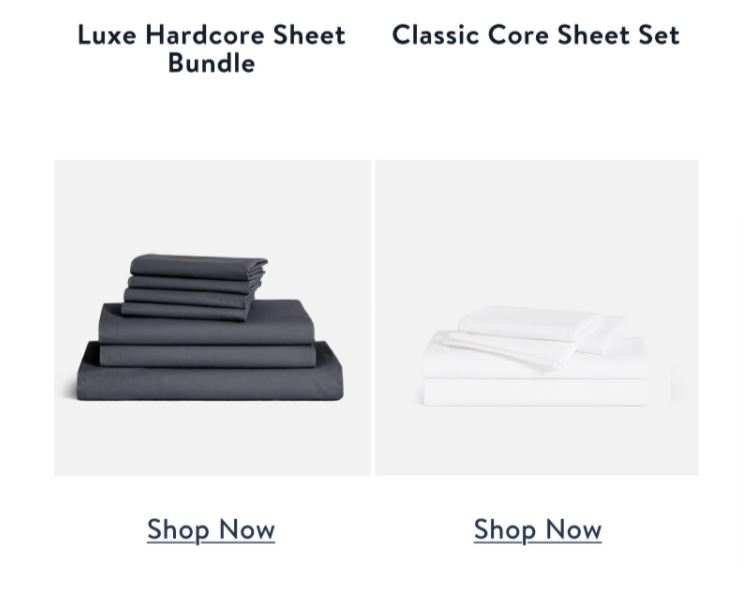
It also points out their more than 75,000 5-star reviews.
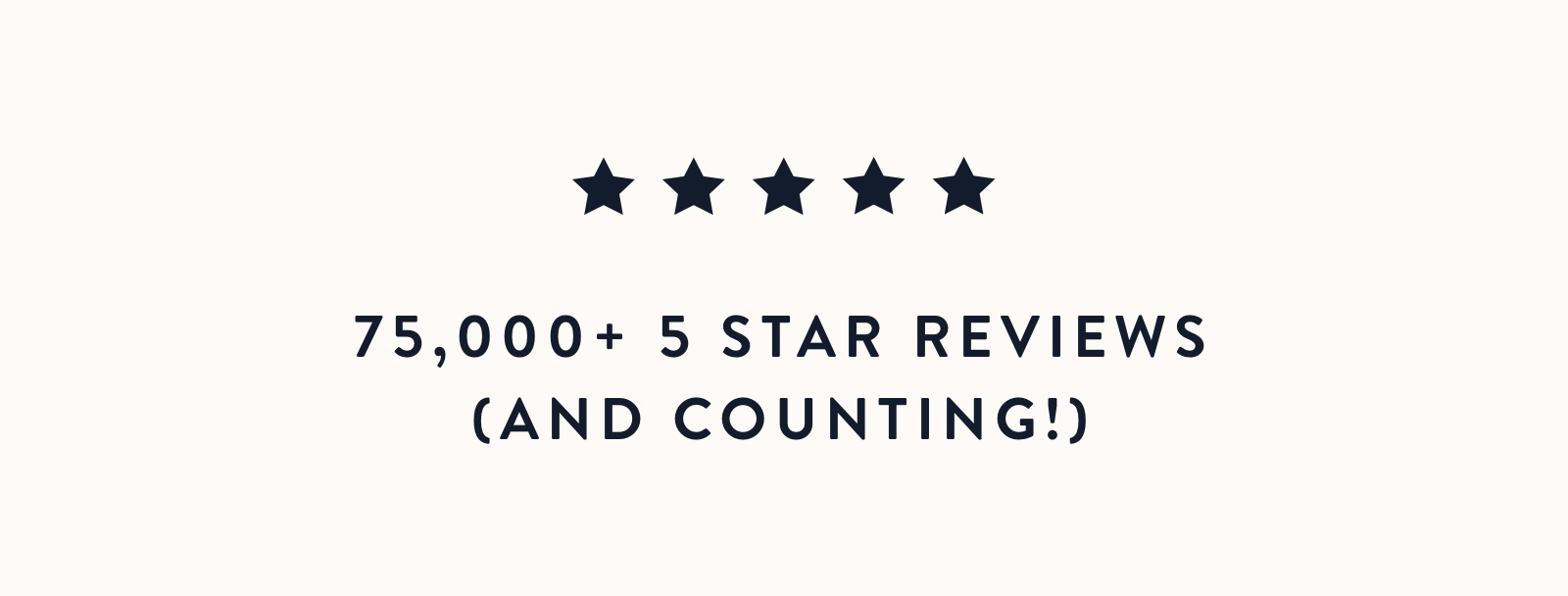
Brand story email: Ritual
What works well:
Brand story. Their founder wanted a multivitamin that was transparent about what was put in them and couldn’t.
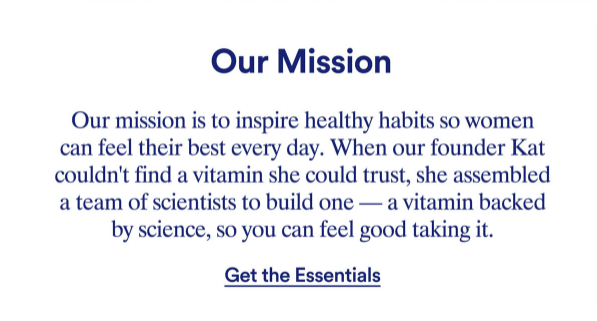
Brand’s commitment/promise of full transparency from ingredients to sourcing and beyond.
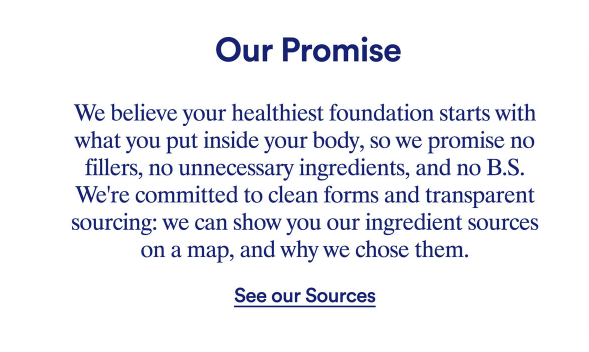
Highlighting their products.
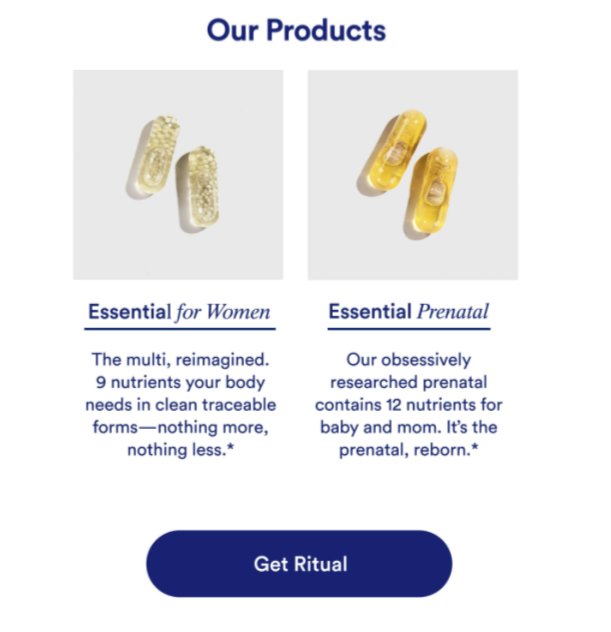
What doesn’t work as well:
- Not having a CTA button for each of the 3 products highlighted. This way, subscribers could click through to whichever vitamin they were most interested in. Think about it. The number of women over 50 interested in prenatal vitamins would be very, very few.
- Too difficult for people to click through to the vitamins they’re interested in.
- Instagram feed at the bottom of the email.
- Including “Follow Us” sections in emails where the main goal to get sales dilutes the CTA.
Customer stories and/or social proof: Tuft & Needle
What works well:
- The subject line gets straight to the social-proof point by letting subscribers know that the New York Times thinks the best of Tuft & Needle.
- The subject line emoji is spot on.
- The main header reuses the NYT’s positive language and pairs it with a sitewide sale.
- Email continues with product-specific proof points from Architectural Digest, Better Homes & Gardens, and Good Housekeeping.
- Ends with a review from a very satisfied customer.

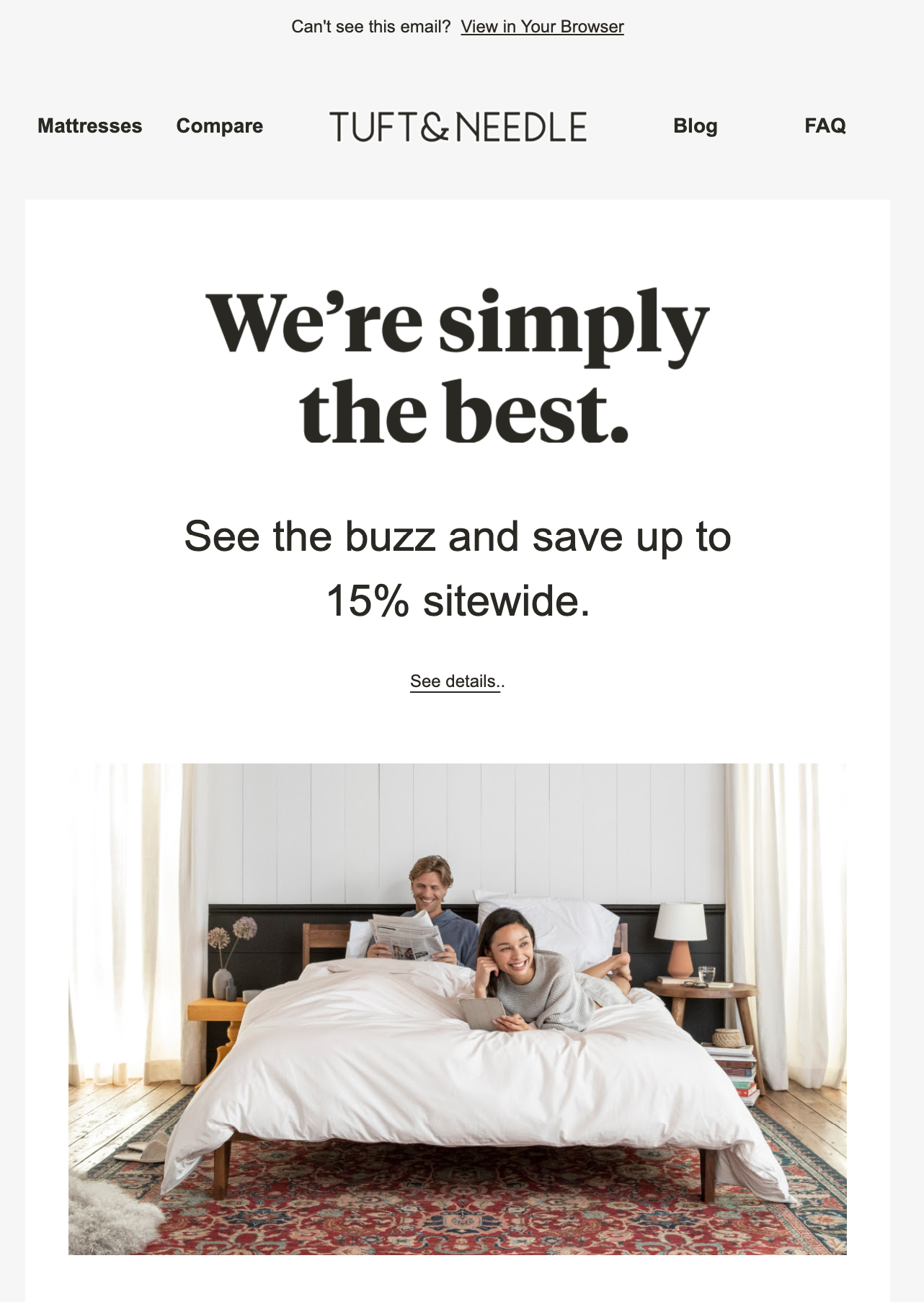
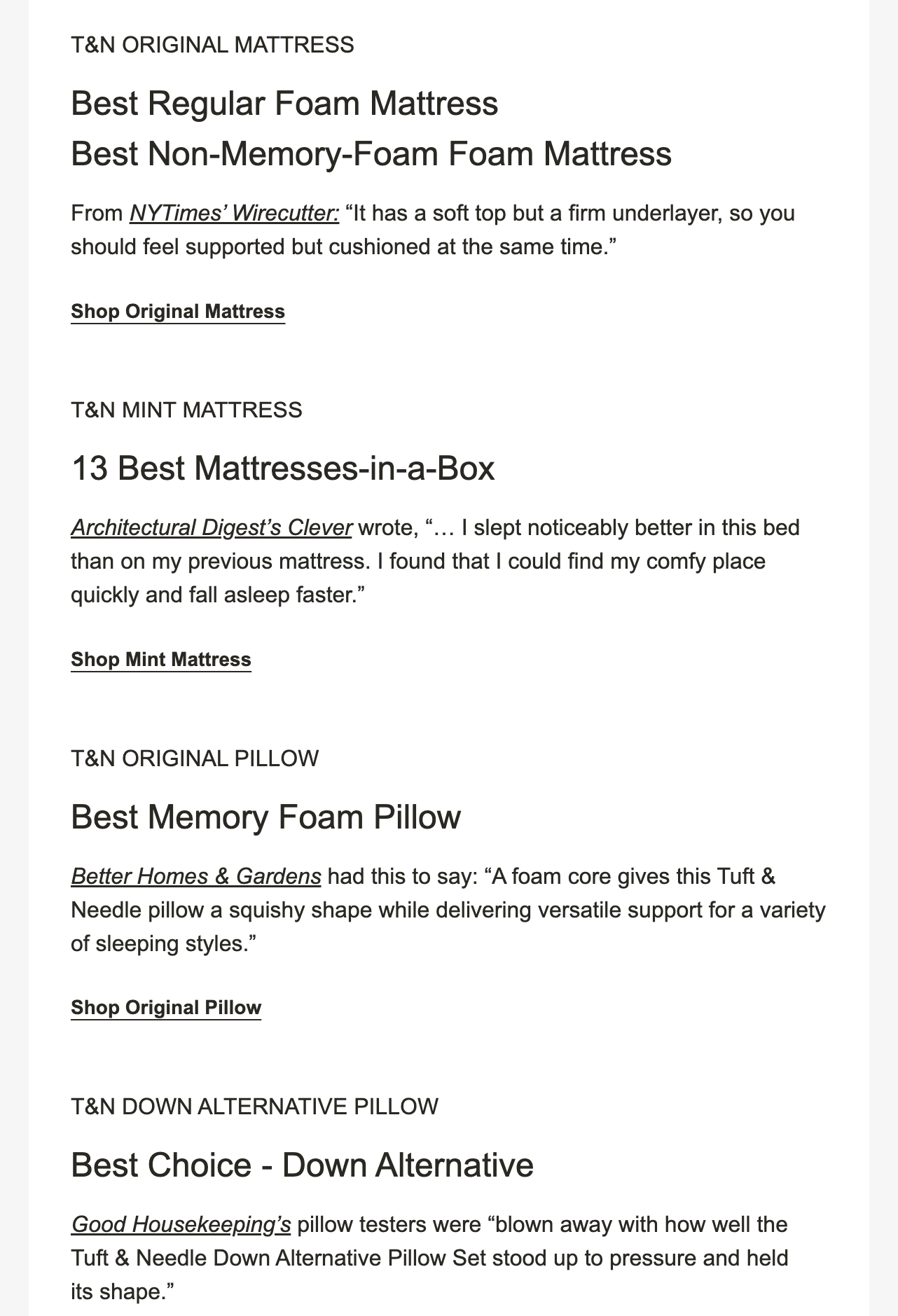
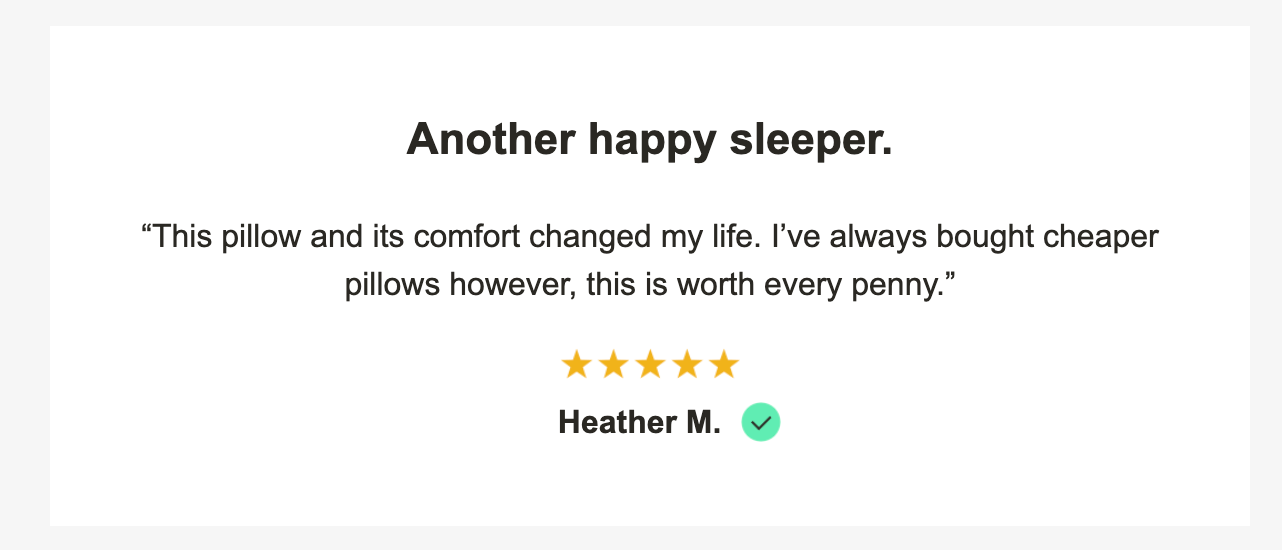
What doesn’t work as well:
- A tad too much text. Accompany each highlighted product (you know, the ones well-reviewed by the NYT, Architectural Digest, Better Homes & Gardens, etc) with an image of that product in action/use.
2. Build trust
Welcome emails provide the perfect opportunity to build trust with customers (potential and actual).
Sure, opening up about your brand and sharing customer stories is already generating some trust. But an effective welcome sequence keeps reinforcing these things in big ways and small, all throughout the welcome workflow.
Because it’s much more convincing when other people (not just you) say how amazing or life-changing your products are, be sure to integrate social proof into your welcome series. You can share some of the good reviews about your products, as well as the customer love you receive on social media.
Don’t be afraid to tackle objections head-on like Hume Supernatural does in this email.
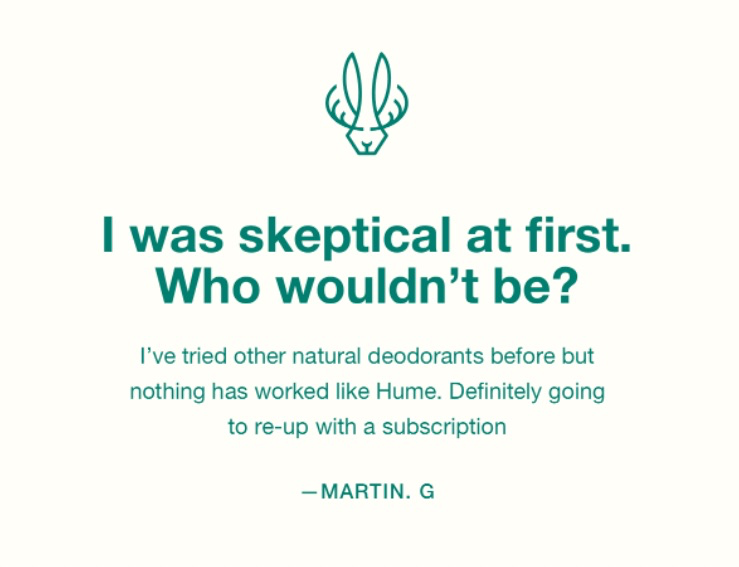
(Image Source: ReallyGoodEmails)
What works well:
- They tackle the biggest objection their customers have about all-natural deodorants.
- The subject line stands out (we were skeptical at first).
- They use one customer review and build an email around it. Sometimes one review works better than multiple ones.
What doesn’t work as well:
- No complaints here unless you count the slight copy snafu of using “made for all skin types” twice
3. Inspire brand loyalty
A loyal customer is worth its weight in gold. They’re a great asset to have in good times, but an even better one to have during the bad. This means: you want your subscribers to fall in love with your brand, and stay in love.
One of the best ways to do this is to send emails that educate and inform.
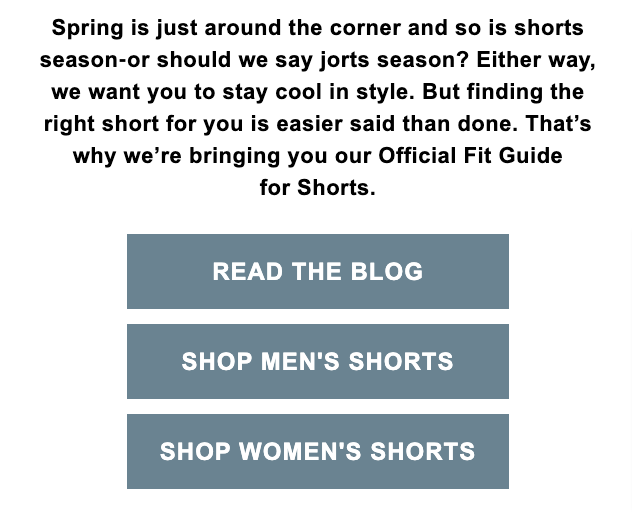
What works well:
- It’s a content email that talks about staying cool in style - something Levi's subscribers obviously care about
- Sells the reader on why they should read the guide
What doesn’t work as well:
- No products were highlighted which is a missed opportunity in emails that lay out a care routine.
Another type of welcome email that works really well in building brand loyalty is behind-the-scenes emails. They work well in building trust and recommending products. Pura Vida Bracelets sent out an email highlighting the products their employees were wearing for spring.
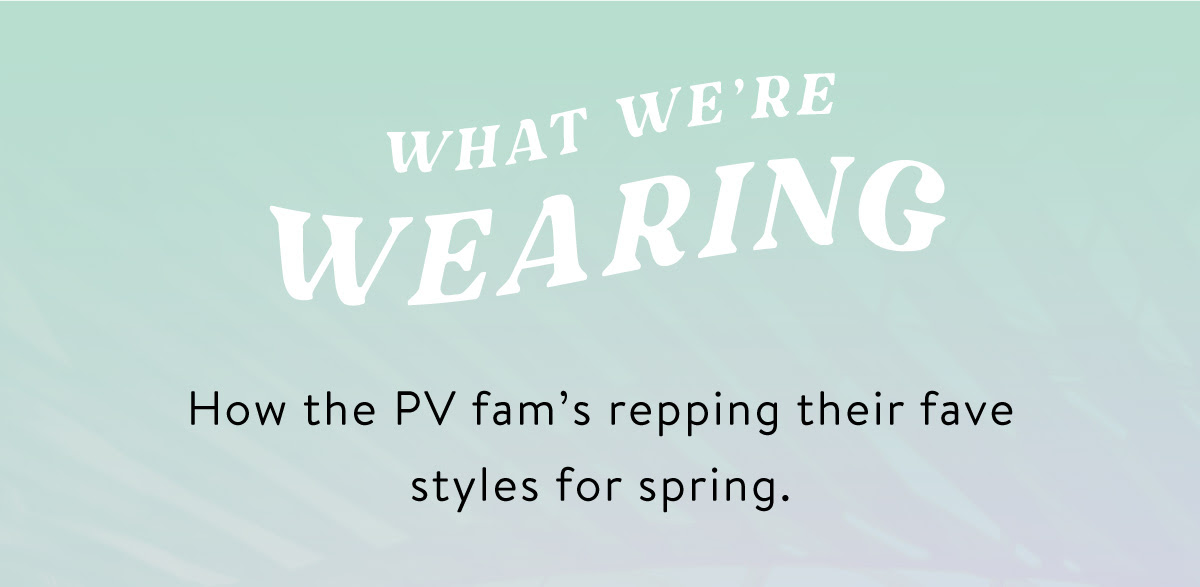
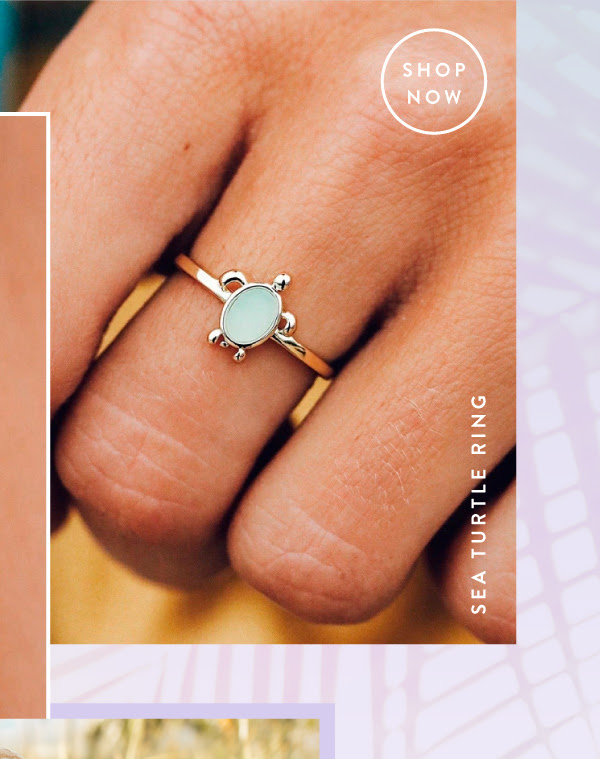
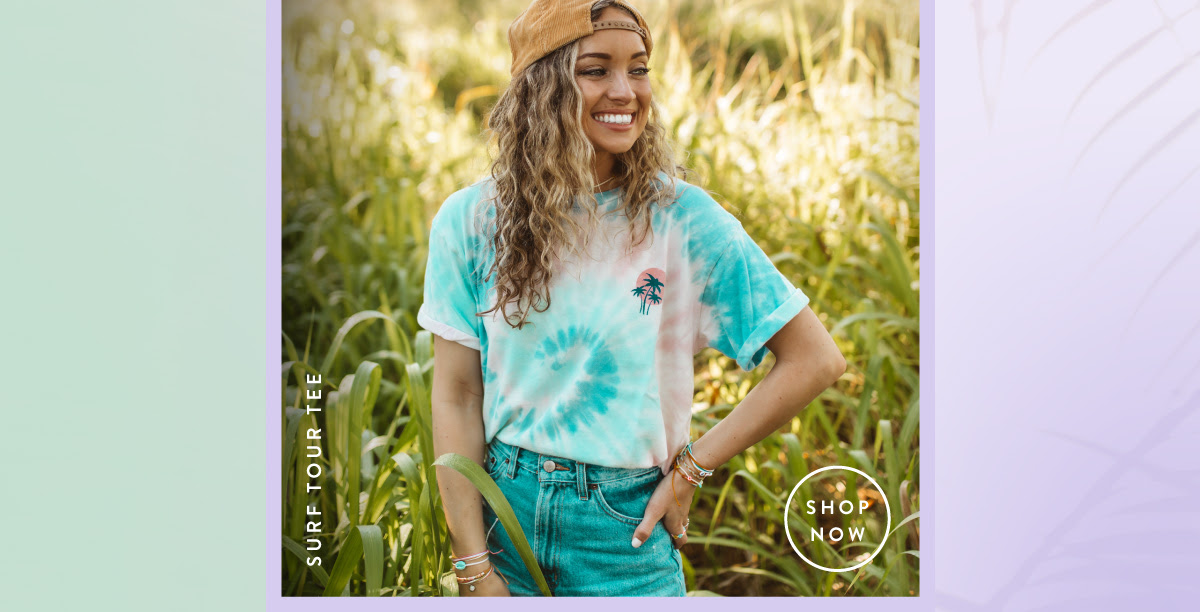

What works well:
- Relatable. By showing pictures of their team wearing their bracelets, they made their brand relatable and instilled the idea of their bracelets being comfortable and work-appropriate in their subscriber's minds.
What doesn’t work as well:
- This is the one email that ticks all the boxes for me!
Demystifying myths is another way of earning your subscribers' trust. Not only do emails like these bust myths but also educate. Care/Of chooses to highlight the three myths about the gut.
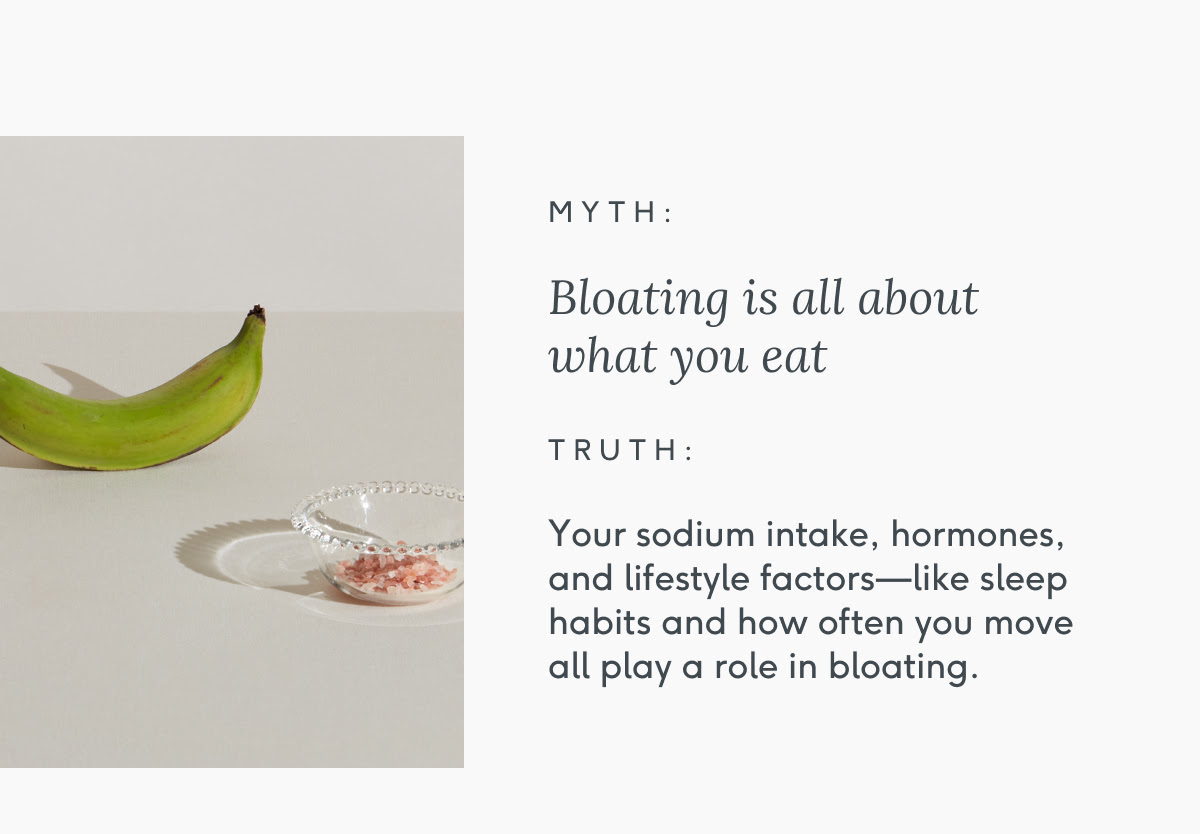
What works well:
- Building trust by giving subscribers facts (and not just saying something is a myth).
- Call-to-action (CTA). From CTA copy to button size and placement - it’s eye-catching and distraction-free.
- The Instagram icon. Subscribers are smart. If they’re interested, they know the icon will take them to the brand’s profile. By not featuring images from their Insta feed, Care/Of kept the focus on the email and CTA.
4. Sell on autopilot
One of the beautiful things about ecommerce emails is that when someone subscribes to your newsletter, they’re telling you they:
- Want to hear from you.
- Don’t mind being sold to.
- Are interested in your company and products.
Which is a sweet spot to be in!
It’s why sending the right email at the right time, to the right person, with the right offer is so important in email marketing.
In the welcome email workflow, every email is an opportunity to sell on autopilot. You’ve got an interested audience. Instead of turning them off by bombarding them with emails filled with “Buy Now” call-to-action, position your products as the natural choice.
Then sit back and watch the sales roll in.
Engaging your email subscribers
We said it before and we’ll say it again: engaging subscribers is all about sending the right email to the right person, at the right time, with the right offer or message.
To do that the above and the following:
Make your content relevant to your reader
Don't just talk about how great your product is. Instead, show how your product is a solution to the subscriber’s pain or problem. Send out helpful content that puts the reader at the center of things.
Keep your messaging consistent
If you introduced an idea or message in your opt-in form (discount, first dibs, early access to new products, etc), make sure you use the same language in the welcome email to create a connection between the opt-in offer and welcome email (in marketing, this is called “closing the loop”). When your subscriber reads your welcome email, their subconscious needs to tell them that your brand delivered on the promise it made.
Offer a free consultation
If your product is tricky to use, or if there are a lot of options to choose from, a free consultation is a great way to move your subscriber toward the sale. This can be as diverse as offering to help them find the right color of foundation or helping them select the right bed for their kid.
Even if they don’t take you up on it, the offer of individual attention and a personalized shopping experience.
Use quizzes
Quizzes are fun for your audience and a wellspring of customer data for you.
At the end of the quiz, make sure you give your subscribers advice about which of your products best suits them. This will make things feel more personalized, help your subscribers make better choices, and deliver a better brand experience overall.
With quizzes, you also get to gather essential information about your new subscribers. Information that you can then use for more targeted newsletter offers and campaigns. Win-win!
Curious if Drip does quizzes? We thought you’d never ask! Drip integrates with multiple quiz apps to make personalization via quiz results incredibly easy.
Send your subscribers a survey or a poll
Short, quick surveys and polls can be a nice interactive addition to your emails. They show you care about what your subscribers think, and are easier to create than quizzes. Survey, poll, or quiz? All are valuable, and each has a time and place where they make the most sense!
Wrap Up
A highly effective welcome sequence lets you build a connection with your new subscribers, gain their trust, inspire brand loyalty, and rake in the sales.
It also lets you sell on autopilot.
Just be sure you make your welcome emails relevant by (you guessed it) sending the right email at the right time, to the right person, with the right offer.





